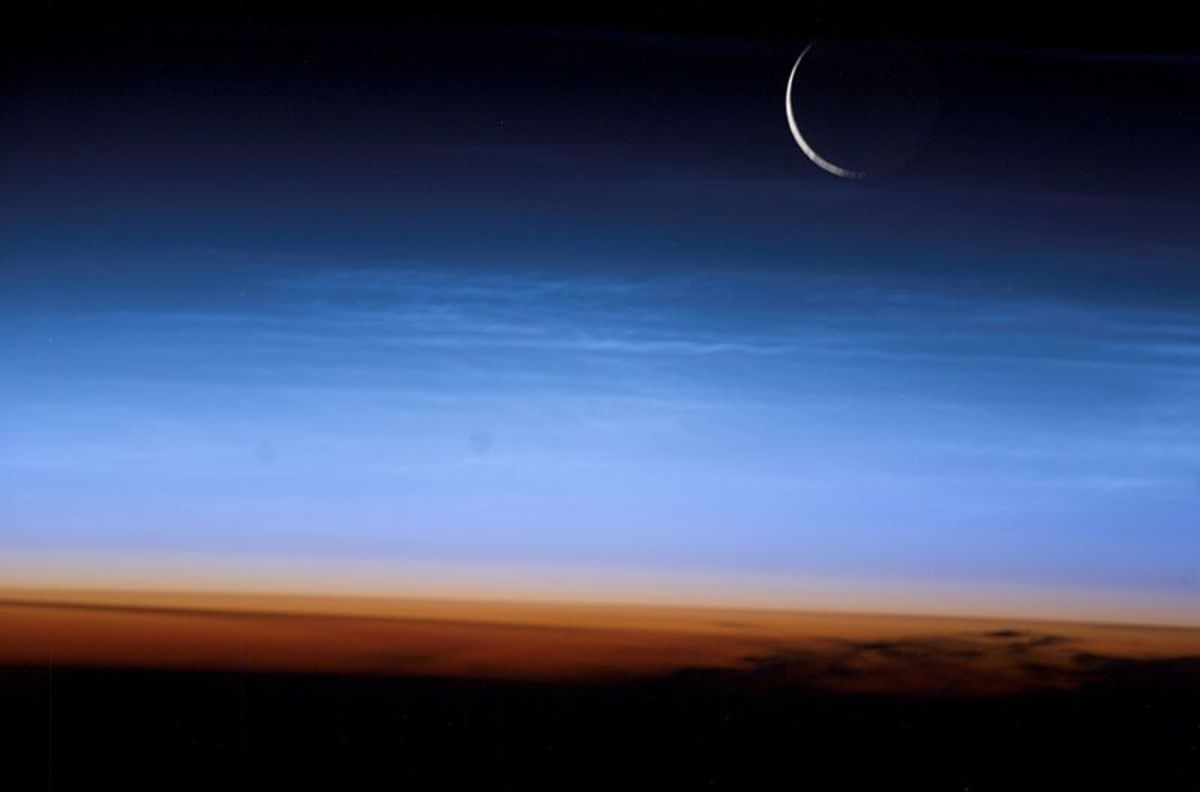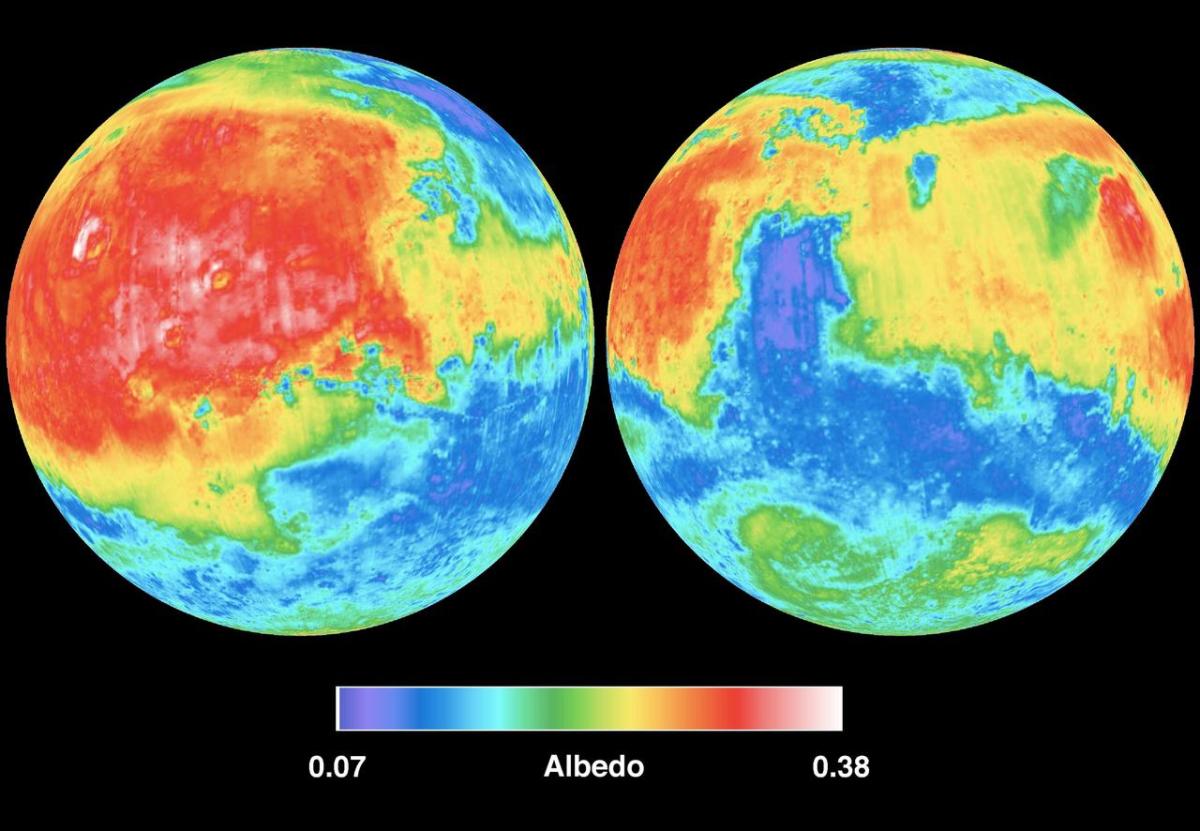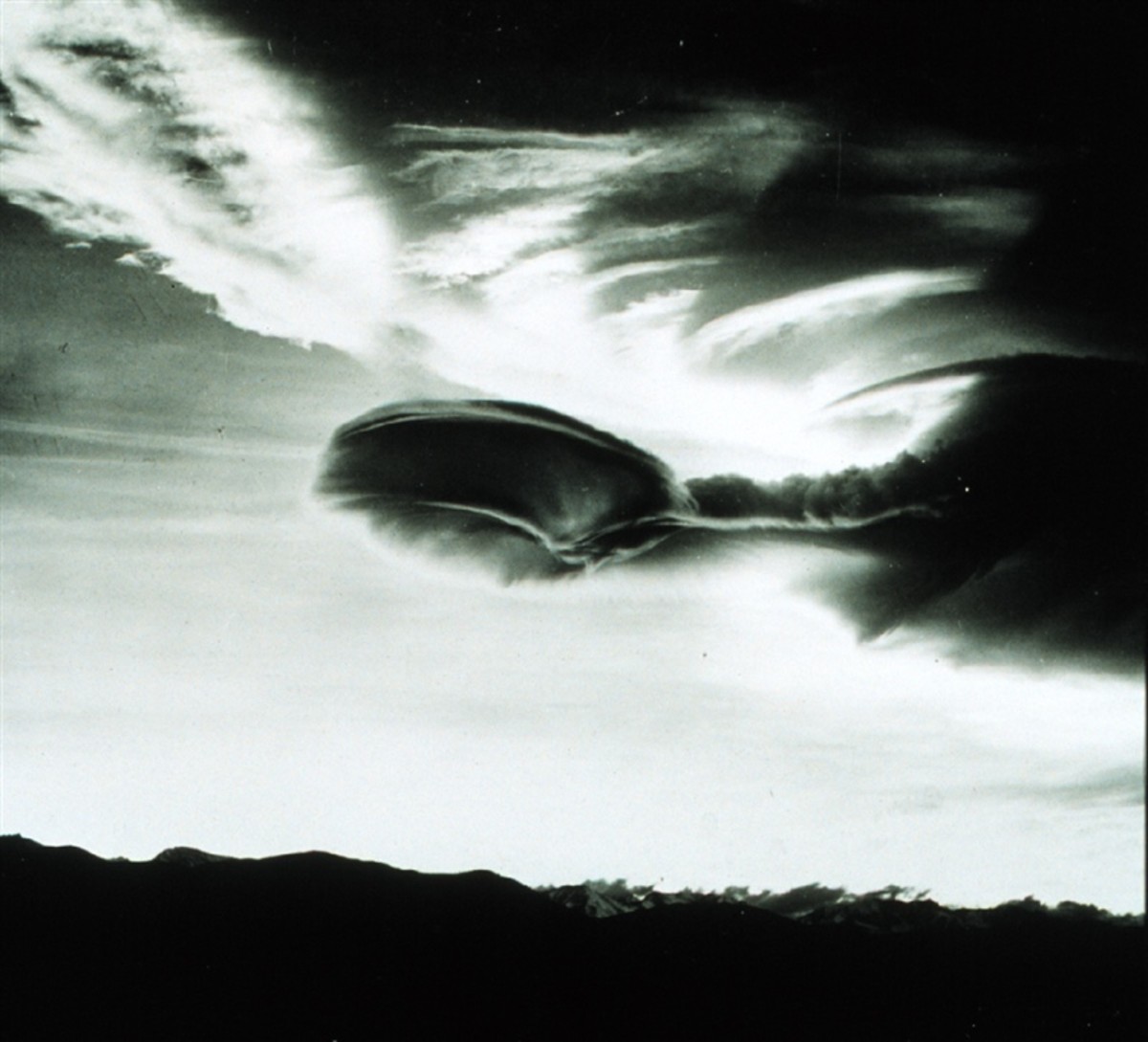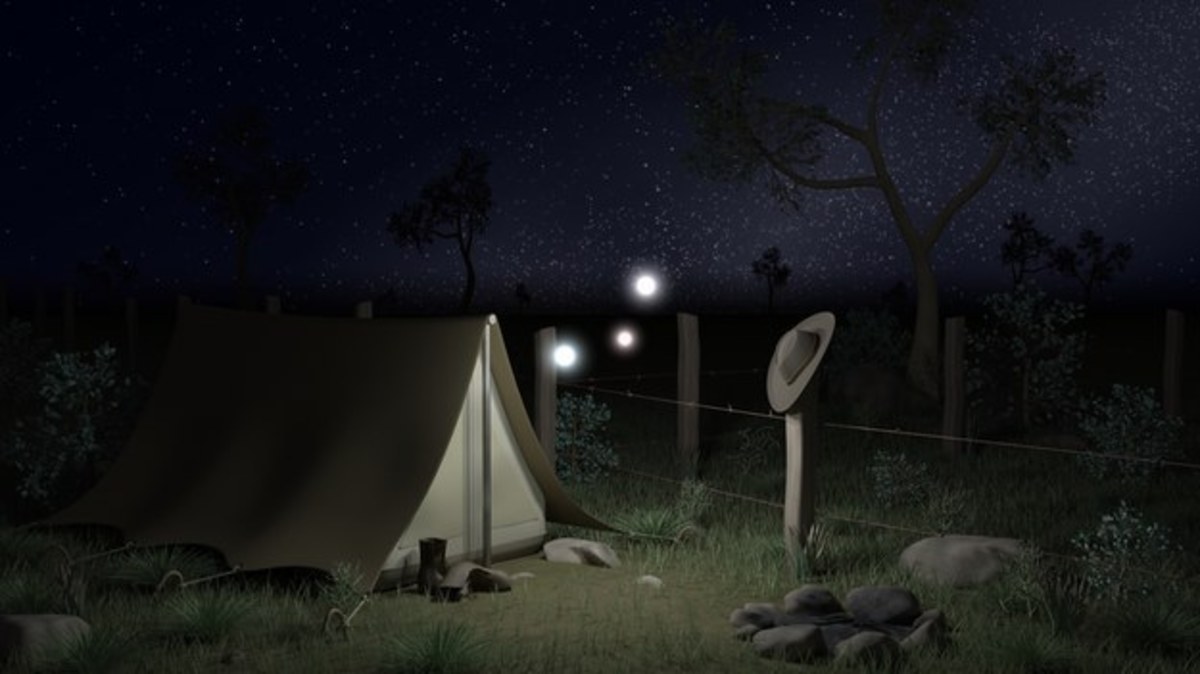Thunderstorms
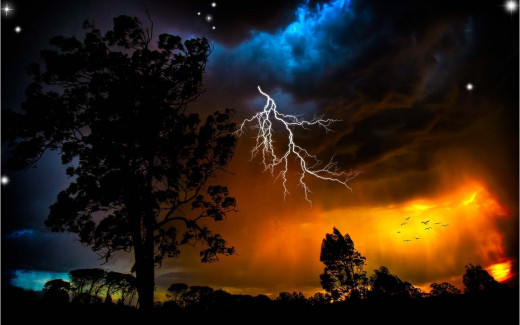
Thunderstorm is the one of storm typically which can characterized by the lighting and it’s pertaining to sense of hearing effect on the earth atmosphere is called as “thunder”. Electrical storm, lighting storm are other names of thunderstorm. These are assigned as the meteorologically is cumulonimbus cloud type which is associated with thunderstorm. These thunderstorms are usually occurred by the strong wind, heavy rain and also sometimes causes by the snow, sleet, hail or no precipitation at all. If the thunderstorm is causes that hail to fall are known as or called as “hailstorms”. Strong or critical thunderstorms may rotate, known as “super cells”.
The result of rapid upward movement of warm, moist air is causes thunderstorm. The warm, moist air moves upward direction that may causes to its cools, condenses, and forms cumulonimbus clouds. This warm, moist air reaches up to height of 20km over. After reaches the dew point of rising air, water droplets and ice-form are going to falling the long distance through the clouds towards the earth’s atmosphere, they collide with another droplets hence become larger. The falling of droplets creates a downward of cold air and moisture that spreads out at the earth’s surface, causing the strong winds commonly confederate with thunderstorms and occasionally fog.
Thunderstorms are generally forms when warm air collide with cooler air and developed in any particular geographic locations on the earth. These are most frequently occurs within areas located at mid-latitude on earth’s surface. The development and formation of many austere weather phenomena are responsible to thunderstorms.
Life cycle of thunderstorms:
Thunderstorms are formed by the warm air rises within cooler air. CAPE (convective available potential Energy) is meteorological indication of thunderstorms. Generally, thunderstorms require three atmospheric conditions to form:
- Moisture
- An unstable air mass
- A lifting force (heat)
All thunderstorms are formed through the following three stages. They are:
- Developing stage (cumulus)
- Mature stage
- Dissipation stage
These three stages are takes place and completes in 30 minutes in atmosphere conditions. The average diameter of thunderstorms is 24 km (15 miles).
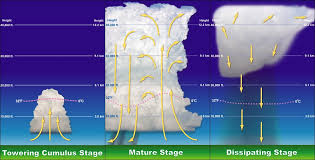
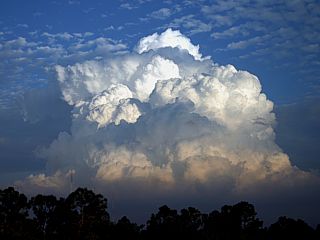
Cumulus stage
This stage is the first level of thunderstorm, and it is called as cumulus stage or developing stage because initially forming of thunderstorms. During this stage, moisture masses are lifted upwards into the earth’s atmosphere. The trigger of cumulus stage of thunderstorms is lifting isolation heating the ground producing thermally, areas where two winds trends to one point forcing air upwards, or where winds blow over or reaches with high velocity to increasing terrain elevation. The moisture moving with celerity cools into liquid drops of water due to the cooler temperature when reaches high attitude, which can visible as cumulus clouds. Due to convective precipitation the water vapour condenses into liquid. This creates a low-pressure under any superior region of the forming thunderstorm. In a typical thunderstorm, nearly 5 x 108 kg of water vapour is lifted into the earth’s atmosphere.
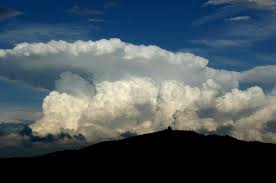
Mature stage:
In this stage of thunderstorm, the warm air rises continually until it reaches the warmer air and can no rise of warm further. Hence it is often as “tropopause”. The force of instead air is spread out, and giving the storm like a characteristic of anvil shape. Finally the cloud is known as “cumulonimbus incus”. The water droplets are grows together into larger and heavier droplets and become freezes ice particles. Those ice particles falls and they melt into water and becomes rain.
If the updraft is strong enough, the droplets are held in the air that can be long duration, to become so large and they don’t melt completely. Due to this hail is occurred. While updraft still present, the falling rain is create as downdraft. As well as if the both updraft and downdraft are equal then cumulonimbus clouds are produces and also storm is developed in this stage.
Dissipating stage:
In this stage thunderstorm is to rule by the downdraft. It occurs quickly, within 20-30 minutes approximately into the thunderstorm life. The downdraft of the thunderstorm will push the down, and hits to the ground and spread out, is known as downburst. The cool air takes off the ground by the downburst, and updraft will disappears. Hence thunderstorm condition is called as dissipate.
Classification of Thunderstorm:
The following are classification of thunderstorm. They are:
- Single-cell
- Multi-cell
- Squall line
- Super cell
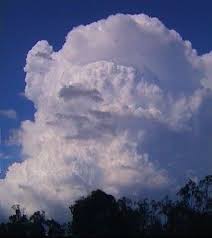
Single-cell thunderstorm:
Single-cell thunderstorm is the one of the main updraft, and it also known as air-mass thunderstorm. These thunderstorms are occurred in typical summer due to hot temperature. These thunderstorms are also occurs in unstable cool air from the sea during the winter. These thunderstorms cells are causes to form another thunderstorm development newly. This single-cell thunderstorm normally occurred in 20-30 minutes.
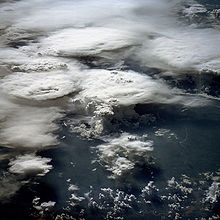
Multi-cell thunderstorm:
Multi-cell thunderstorm is the mostly common type of thunderstorm development. These multi-cell thunderstorms are appears in the center of the cluster, while dissipating the thunderstorms are emerge on their downwind side. These types of thunderstorms are formed as clusters storms but those can be evolving into one or more squall lines. Connective updraft causes to raise these thunderstorms at mountain ranges and linear weather conditions. This thunderstorm is stronger than single-cell thunderstorms. These thunderstorms cause the hazards on earth atmosphere, like weak tornadoes, flooding, and medium sized hail.
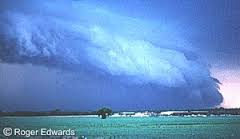
Squall line thunderstorm:
Squall line thunderstorm is also have another name is “Multi-cell lines”. It is an elongated line of serve thunderstorms that can be form ahead of cold front. It contains heavy precipitation, hail, lightening, strong winds, and also to possibility of tornadoes and waterspouts. This type of storm is also known as “wind of the stony lake”.
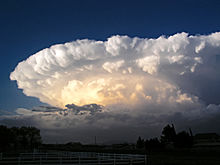
Super-cell thunderstorms:
Super-cell thunderstorms are large, and usually severe, quasi-steady storms that can be formed in an environment. These storms normally have powerful updrafts and that can be the top of super cell storm cloud and it breaks the troposphere and reaches into the stratosphere of earth’s atmosphere. It can spreads up to 15 miles (24km) wide. These super cells are the most powerful type of thunderstorm.
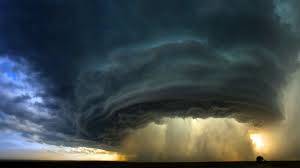
Hazards:
Thunderstorms are causes to life on earth’s atmosphere in different ways. They are:
- Cloud-to-ground lighting: The lighting was occurred and spread from cloud to ground level of earth.
- Hail: Hail is one of hazard which is causes to serious damage, and not moveable of automobiles, aircraft and other…etc.
- Tornadoes and waterspouts: Tornadoes are violent, rotating the column of air and causes to damage of life and cities. Waterspouts are similar to tornadoes but those can be occurred on water bodies.
- Flash flood: These are causes by the flow of water in cities due to heavy rain with thunderstorms.
- Downburst: it causes to numerous hazards to landscapes experiencing the thunderstorm. It produces wind by the downdraft, while thunderstorm are dissipates.
© 2014 KALYAN CHAKRAVARTHY THADAKA


